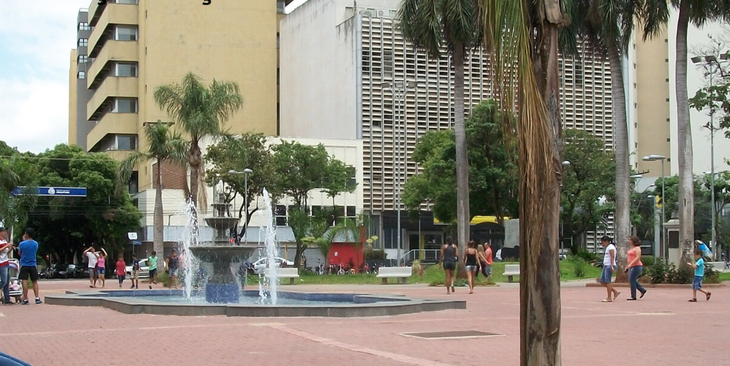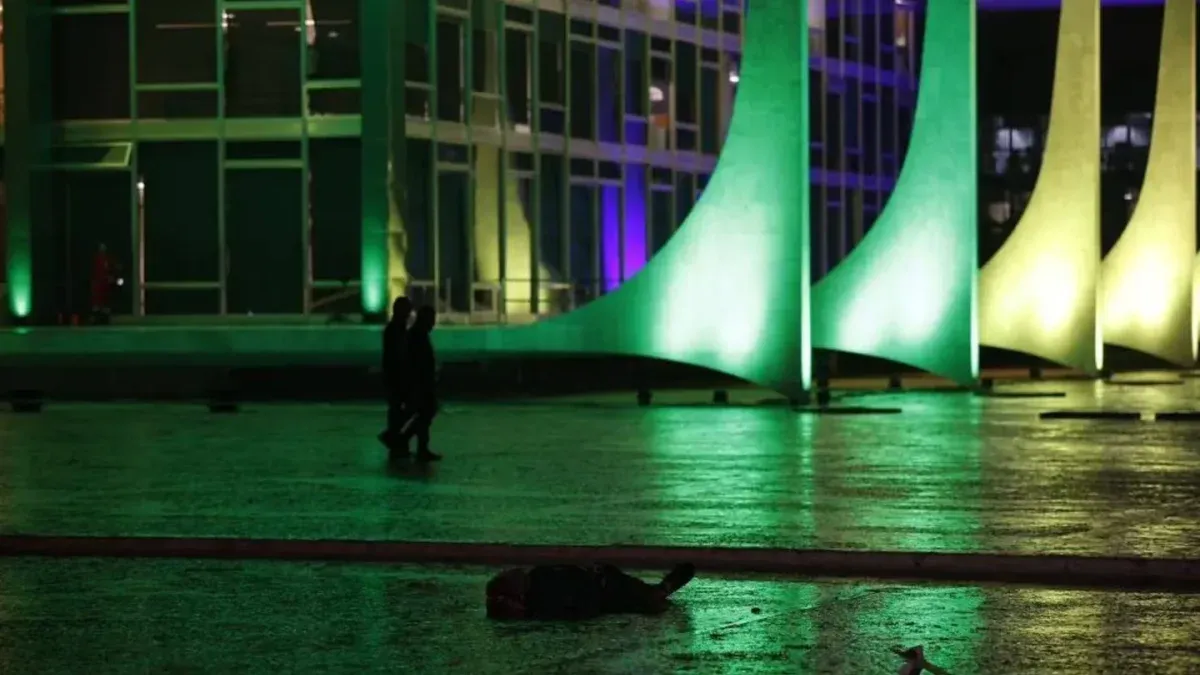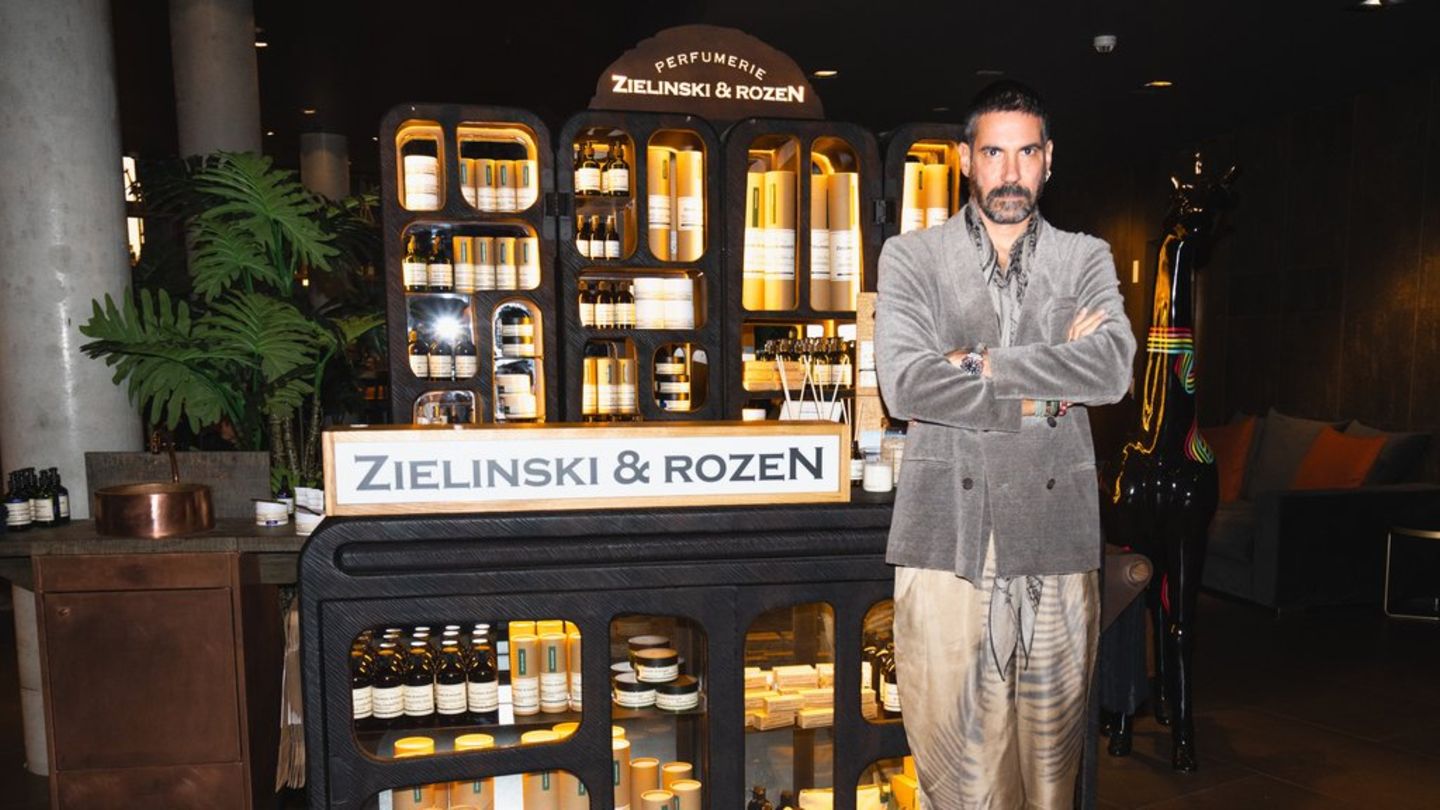Brazil is a great example for nations with a lot of territory and inhabitants who do not know how to take advantage of them.
If we think of economic crisis Devastators who changed forever the course and direction of a country, usually come to the head of national acars such as the convertibility or corralito crisis. However, this It is not unique from Argentinabut quite the opposite.
The content you want to access is exclusive to subscribers.
Brazil, Our neighbor and Latin American power, has a immense territorya huge number of inhabitants and raw material to be a very prosperous nation. However, more than thirty years ago they had to make a strong decision to stop the inflation.


Brazil

Background
Brazil lived in the decade of 1980 what is known as the “Lost decade” Inflation began to climb quickly as a result of a combination of factors: the strong external indebtedness, the Chronic fiscal deficit and economic policies that were not. The situation worsened after failed reforms, such as Cruzado, Bresser and Collor planswhich tried to control inflation with price freezing and currency changes, but ended up aggravating the problem.
In 1993, the monthly inflation became 30%a devastating blow to the domestic economy. In this urgent context, the president’s government Itamar Franco entrusted to his Minister of Finance, Fernando Henrique Cardosothe task of designing a definitive solution. This is how he was born Real plan.
APPLICATION OF THE REAL PLAN
The real plan was launched in 1994 and consisted of a group of structural economic measures that addressed the deep causes of inflation. Among the main actions of the plan, they stand out:
- Creation of a new currency: The Real (R $) was introduced, which replaced the Cruzeiro Real with an initial parity of one to one with the US dollar. Before the introduction of the Real, a transient account unit called Real Value (URV) unit was implemented, to stabilize prices and salaries gradually.
- Fiscal discipline: The plan demanded an adjustment in public accounts to reduce the fiscal deficit, key to stop the uncontrolled money of money.
- Restrictive monetary policy: High interest rates were established to control domestic demand and avoid inflationary pressures.
- Commercial Opening and Privatizations: Markets and privatization of state companies were promoted to increase competitiveness and reduce the weight of the State in the economy.
The success of the real plan was immediate. Inflation, which had exceeded 2,000% in 1993, fell to 22% in 1995 and continued descending in the following years. Price stability brought sustained economic growth and a Improvement in living conditions of the population.
Economic news in Brazil
Brazil.png

More than 30 years of its implementation, the real plan remains a Fundamental pillar of the Brazilian economy. Although the country has crossed subsequent crises, such as 2015 and 2016 recession And recent political turbulence, inflation control remained and the Real remains the official currency.
Fernando Henrique Cardoso, who was one of the architects of the Plan, cultivated his political success And he was elected president in 1994 and reelected in 1998. Under his mandate, Brazil reinforced the Economic reforms initiated by the plan.
Source: Ambito
David William is a talented author who has made a name for himself in the world of writing. He is a professional author who writes on a wide range of topics, from general interest to opinion news. David is currently working as a writer at 24 hours worlds where he brings his unique perspective and in-depth research to his articles, making them both informative and engaging.




